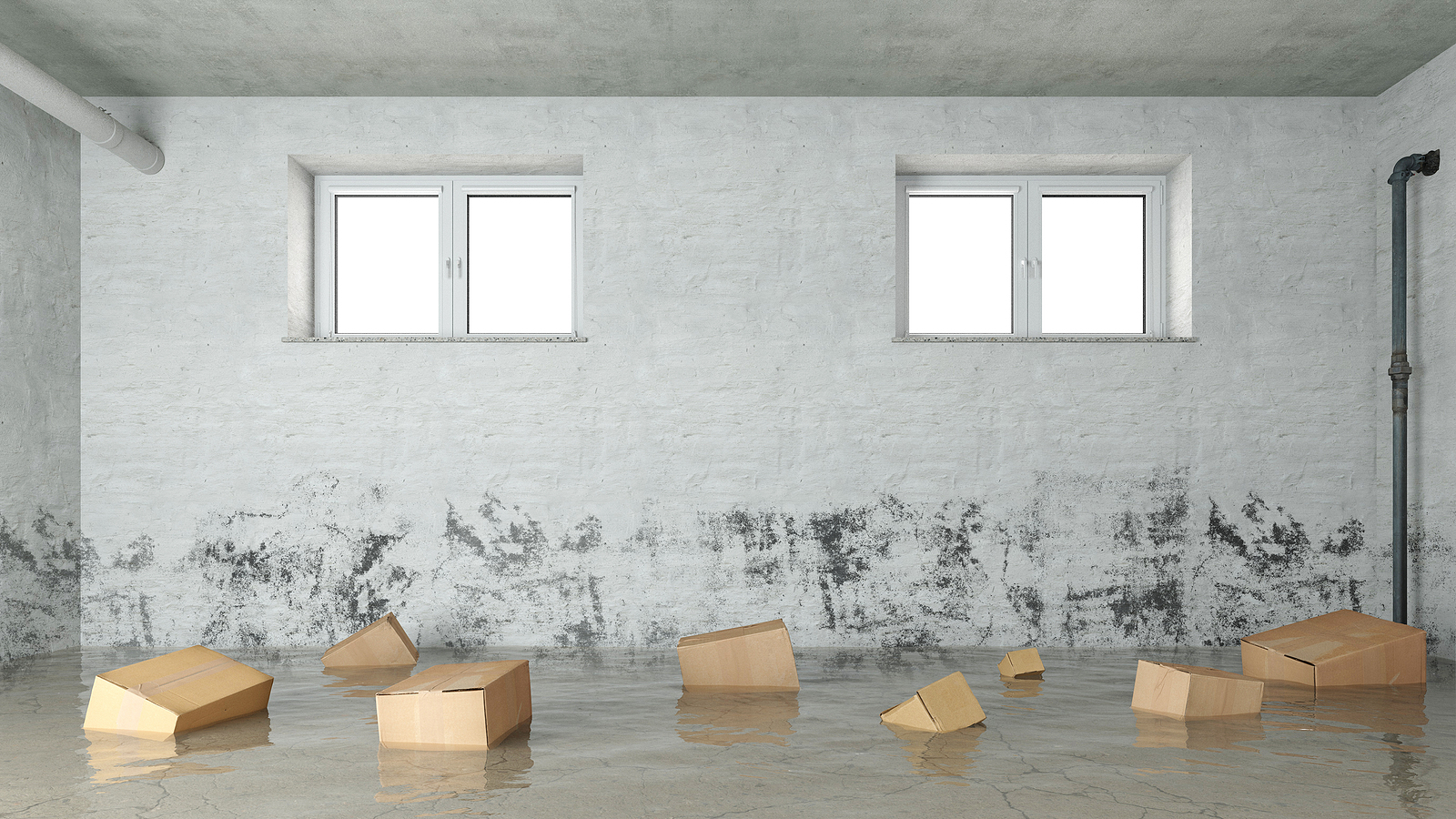While water is a critical part of life on earth, it can also be deadly. From hurricanes to flash floods, we’re often faced with water-caused disasters.
The number one disaster in the U.S. is flood and it rings up about $2 billion dollars in insurance claims annually.
We are heading into what the experts call “peak flood season,” which occurs between late spring through summer. “This is due to a combination of factors, including a slower jet stream and more humid air,” according to the Weather Channel’s Jonathan Erdman.
Folks living in flood-prone areas who lack flood insurance can be on the hook for tens or hundreds of thousands of dollars in damage.
The National Flood Insurance Program says that the average claim is $46,000 and that only 15 percent of American homeowners carry the policy.
Unless you have a lot of cash stashed away, why wouldn’t you carry flood insurance? Let’s take a look at some of the reasons the experts hear.
I can’t afford flood insurance. I’ll buy it when the time comes
This is a bit like saying that you can’t afford auto insurance and you’ll wait until you’re involved in an accident to buy it.
It just doesn’t work that way.
Besides, the Federal Emergency Management Agency (FEMA) says that there is a waiting period (typically 30 days) after payment of the first premium before the policy kicks in.
There are exceptions to this and you can find out more at FEMA.gov.
Affordability shouldn’t be an issue – at least not when you compare the monthly cost of a policy (about $54 on average) to the tens or hundreds of thousands of dollars you’ll spend to repair or rebuild your home.
I’m pretty sure flood damage is covered by my homeowners insurance
According to the Insurance Information Institute, “Standard homeowners and renter’s insurance does not cover flood damage.” If you purchased a separate policy, then you’re covered. But, as mentioned earlier, most homeowners don’t purchase it.
I don’t live in a flood plain
One-fifth of insurance claims for flood damage are from homeowners who live in low-to-moderate risk areas, according to FEMA.
Lenders typically don’t demand flood coverage to folks buying homes in these risk corridors so it’s up to the homebuyer to be proactive.
If you have flood insurance
Just as you should do with your homeowners policy, you should review your flood coverage at least annually.
The National Flood Insurance Program offers up to $250,000 in coverage for the home and $100,000 in coverage for your personal property.
Often, people will buy expensive items and neglect to obtain additional coverage to protect their loss.
Be proactive – it may save you from the devastation of losing your home. The FEMA website offers more information.





